28/03/2021 | Silvia Anna Barrilà
Giulia Colussi's collection of art and jewellery
From the seventeenth century to contemporary art, art and collecting are a source of inspiration for the designer, who between Rome and Milan loves to meet artists and support them in the achievement of their careers
Giulia Colussi has a law degree and had a career as a manager, which she left to dedicate herself to jewelry design. She collects art both privately and as an investment for her family's trust. Her approach is deliberate but passionate. She loves to meet artists and helps emerging artists to be recognized on the international scene. Collecting is also a source of inspiration for her creation of unique and exclusive jewelry. For her, this is the real luxury.
What kind of collector are you?
On one hand, I collect privately, driven by curiosity, passion, and my personal taste, because it gives me joy as I reflect on the present, the past, and the future. On the other hand, I buy art for my family's trust, and then I make different choices, driven by investment considerations.
When did your passion begin?
I have been collecting for many years. It is a passion that my parents passed on to me, who collected furniture and objects and Empire-style paintings.
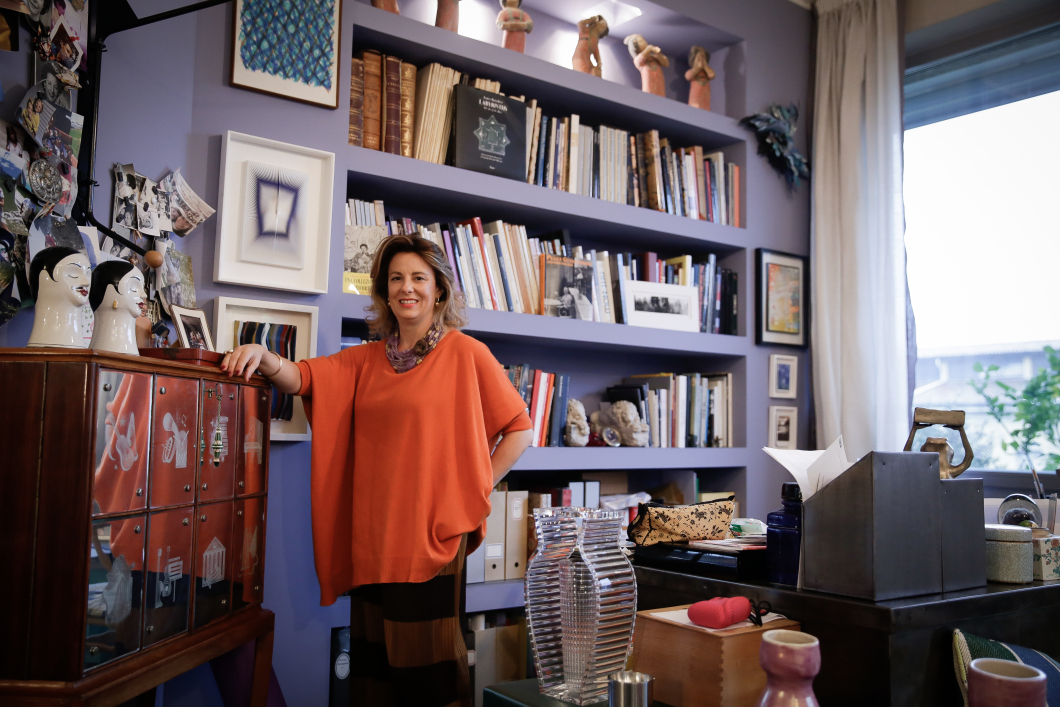
Giulia Colussi with works by D’orario, Biasi, Sol Lewit, Attai, Chen, Boetti, Valentino, Albini
And what do you collect?
I began by frequently visiting Naples and since I had a classical education, I started with the ceramics of the masters of Castello D'Abruzzo in Naples, then with Neapolitan seventeenth-century painting, which I also collected, thanks to my acquaintance with the Soprintendente Nicola Spinosa, a very cultured person who made me passionate about the period. At that time, Naples was in a golden age as the Bourbons commissioned important works and artists came from all over Europe came to work there. It was a meeting place for exchange of ideas... I am also very interested in ancient art, but I decided to focus on contemporary art as an investment, as it is the art that is most valued over time.
What about contemporary art specifically?
I look at Italian artists because above all, I am an art localist, and because they are very talented, but not sufficiently valued. In Italy, it is difficult to emerge; there are few gallery owners who dare to do so. There is a lot of talk about helping them but then nothing is done, so I feel that I have to contribute. Moreover, from a human point of view, collecting contemporary art means having the opportunity to meet artists, which is a great enrichment for me.
Which artists do you meet?
In Milan and Rome, I meet groups of artists. For example, in Rome, I go to Fondazione Pastificio Cerere, which has the atmosphere of the 1960s, with artists' studios all in one place and dialogue between young and established artists.
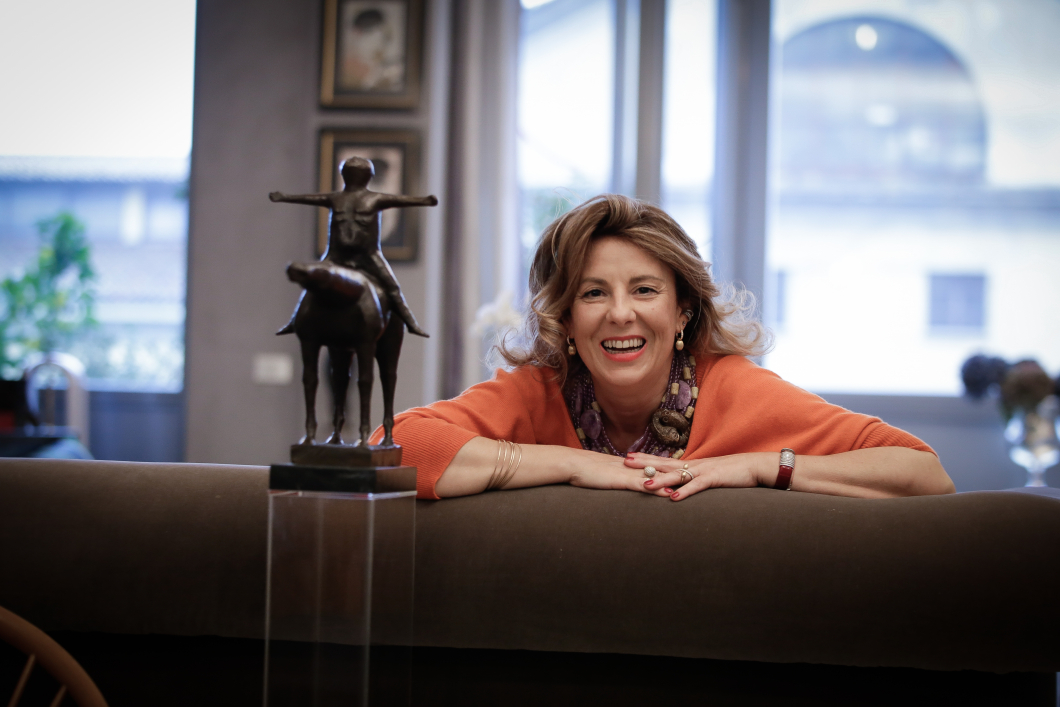
Cavaliere by Marino Marini
Which galleries do you especially like?
Mazzoleni in Turin and London and Simone Frittelli in Florence are two great galleries that I follow and I can have a real dialogue. Clara Natoli of NM Contemporary in Monaco is another gallery owner who I greatly admire, also for her courageous decision to invest in younger artists to export Italian art over the Alps.
Which established artists do you have in your collection?
Ranging from the 1930s to the 1970s I have Fontana, Burri, Manzoni, Capogrossi, Pistoletto, Afro, and recently Corrado Cagli, whom I consider very undervalued, and Licini, Scanavino.
Are you an impulsive or careful collector?
I am not compulsive, as I buy according to balanced criteria. On the other hand, I can't buy if I don't like the work, if it doesn't give me a thrill. I am not a serial collector, but I want to enjoy the works I buy, either in my own home or in my family's home. In the future, maybe there will be a foundation, who knows...
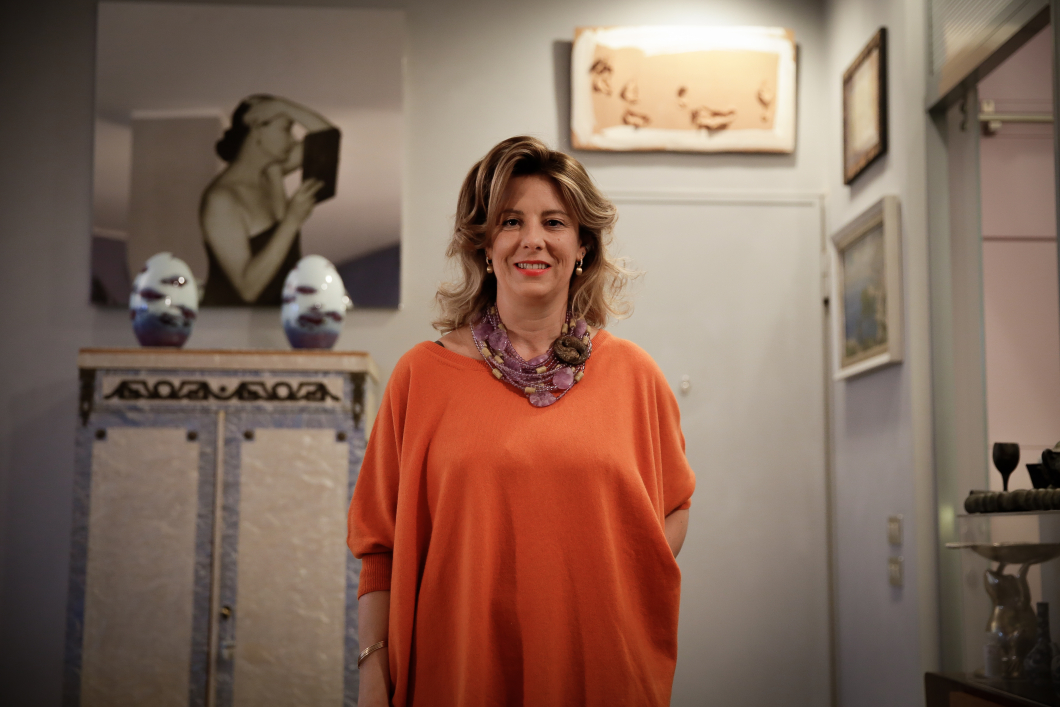
The entrance with works by Michelangelo Pistoletto, Lee Ufan and Giuseppe Casciaro
What are your criteria?
When I make significant investments, I look to see the artist has exhibited abroad, and already has an international profile, especially overseas, because that is where that a large part of Italian art has been reevaluated in the past 20 years. I have no bias in terms of genre or means of expression, although I have more difficulty with video. An exception to that is Bill Viola, who I adore, perhaps because of the theatric nature of his Caravaggesque works. Besides Italian artists, I greatly admire Asian art.
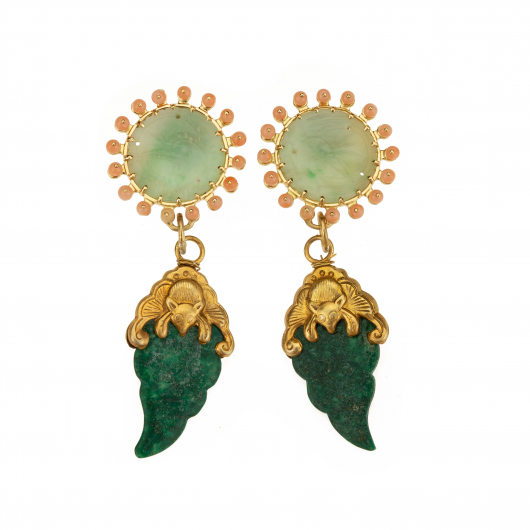
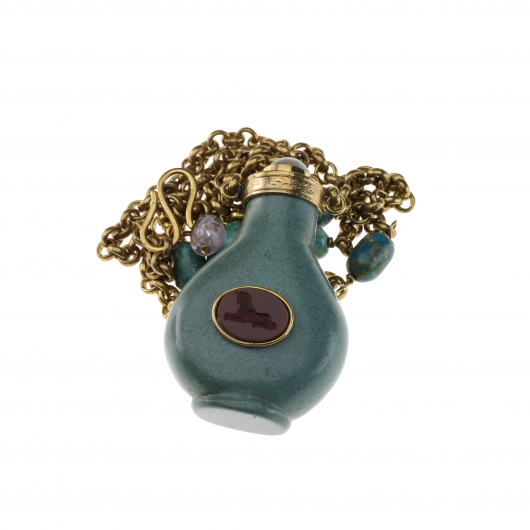
Which Asian artists do you like?
I really like Liu Fan. Also Min Jung Kim who is a South Korean artist and also a great friend. I also really appreciate Japanese engravings, such as those by Hokusai. I like to contaminate, even with the past: if an object is beautiful, it is beautiful regardless.
What about Italian artists?
Pietro Ruffo and Leonardo Petrucci, who in my opinion is a great and not so well-known talent, whose themes are the cosmos, space and esotericism. Then there is Andrea Francolino, who works on cracks, glass and infinity, and David Raimondo, who is carrying out interesting research on virtual language.
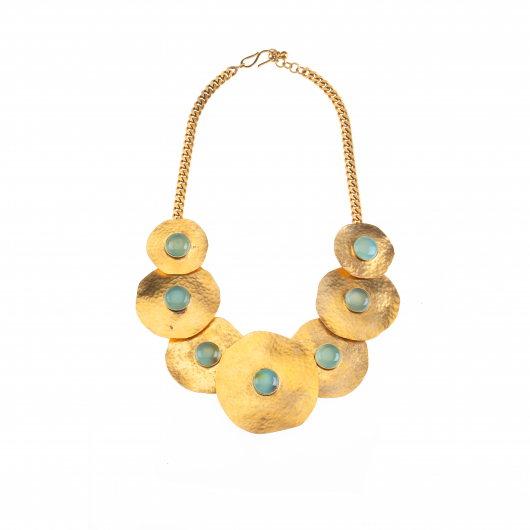
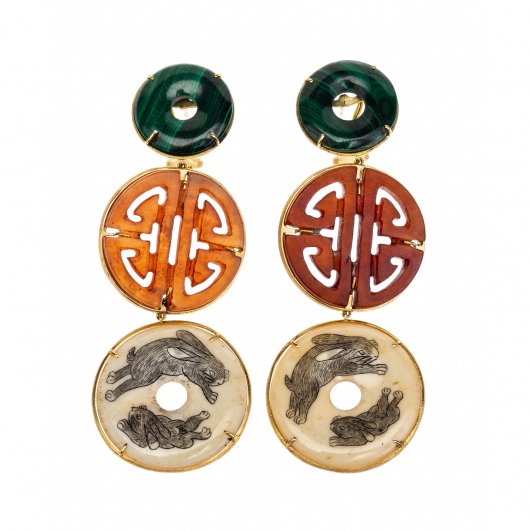
How much does art inspire your work?
It is a source of great inspiration. Since I was 18, I have had a great passion for the East, for China and Japan. I have always been fascinated by their culture and aesthetics. I started collecting jades, ambers and small objects, with which I made jewellery. My mother is a geologist, so the world of stones has always intrigued me. At first I made pieces for myself, but then the demand grew, so I started a business in this area. I learned the secrets of the trade from someone who had worked 40 years at Buccellati. Now I have an atelier in Milan and one in Switzerland. I produce a very limited number of pieces, not collections, but unique pieces, because I use materials that are difficult to find with ancient techniques such as lost wax. The starting point is always rare and precious collectors' items. Luxury for me is defined by this, having a unique object. I have also been contacted by important groups who asked me to produce in series, but I refused because for me the creative part is more interesting and that is lost in the serial production. I have a sophisticated clientele that does not identify luxury with a brand. They are people who have everything and understand the value of handmade objects, with lots of gold, with precious objects that have a history.
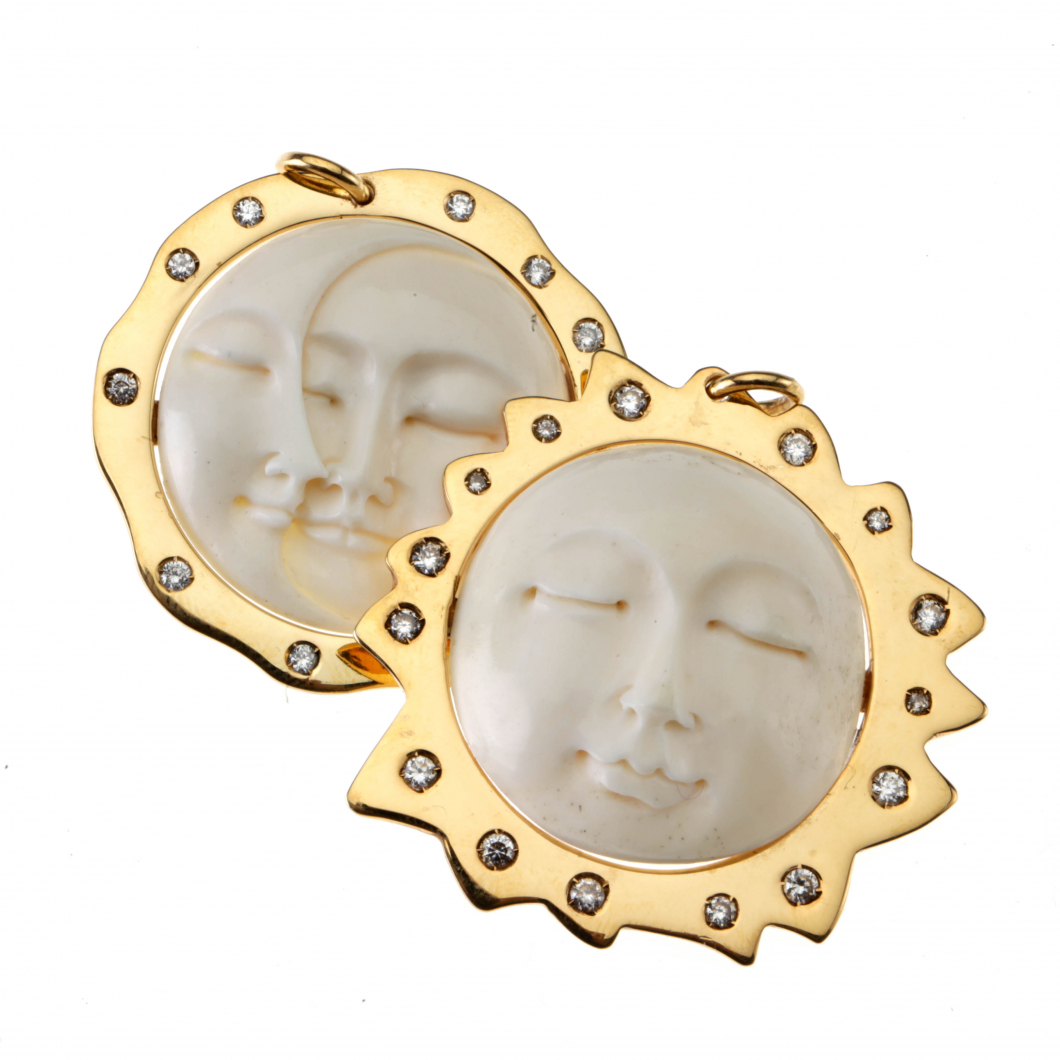
Can you tell us about your creative process?
It is difficult to explain. You need an particular attitude with good taste and the ability to combine stones, colours and shapes, and to find inspiration in unexpected things. I buy old objects, keep them for a long time and at some point inspiration comes. The more you put information into the brain, the more the brain composes and makes associations. Seeing nature forms also triggers my creative process, which then becomes concrete. When I travel, I discover ancient manual skills. For example, I applied the technique used on coral in the Trapani area for sacred vestments. Oriental jewellery is certainly a very rich area. I study their iconography, the jades with animal shapes such as cicadas, frogs, bats. I go to see them in museums. In my jewellery I incorporate jade handles from antique mirrors, and antique pieces from the 18th century, for example, snuff bottles used for tobacco, which were popular during the Portuguese colonization in China.
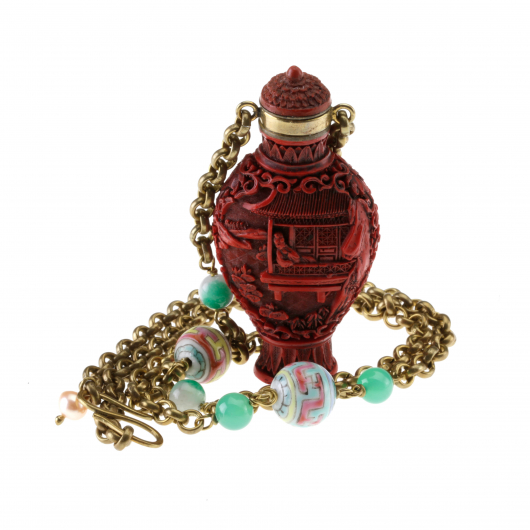
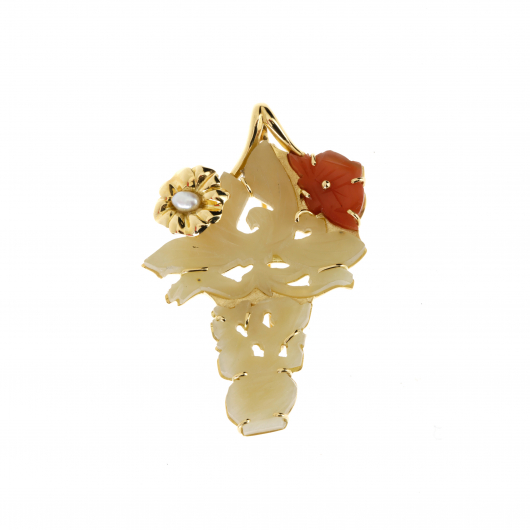
Do you buy art online?
I really have difficulty doing that, because half the fun is lost.
What do you hope for the future?
To be together again. Encounters and exchanges with artists are important for me. And, in general, that all artists in all creative fields can make a living from their work. In Italy, people still think that artists are time wasters who do strange things. I can actually see their difficulties when they leave the academy, the difficulty in going abroad. Covid certainly has not helped. We hope to rise again from this difficult period.
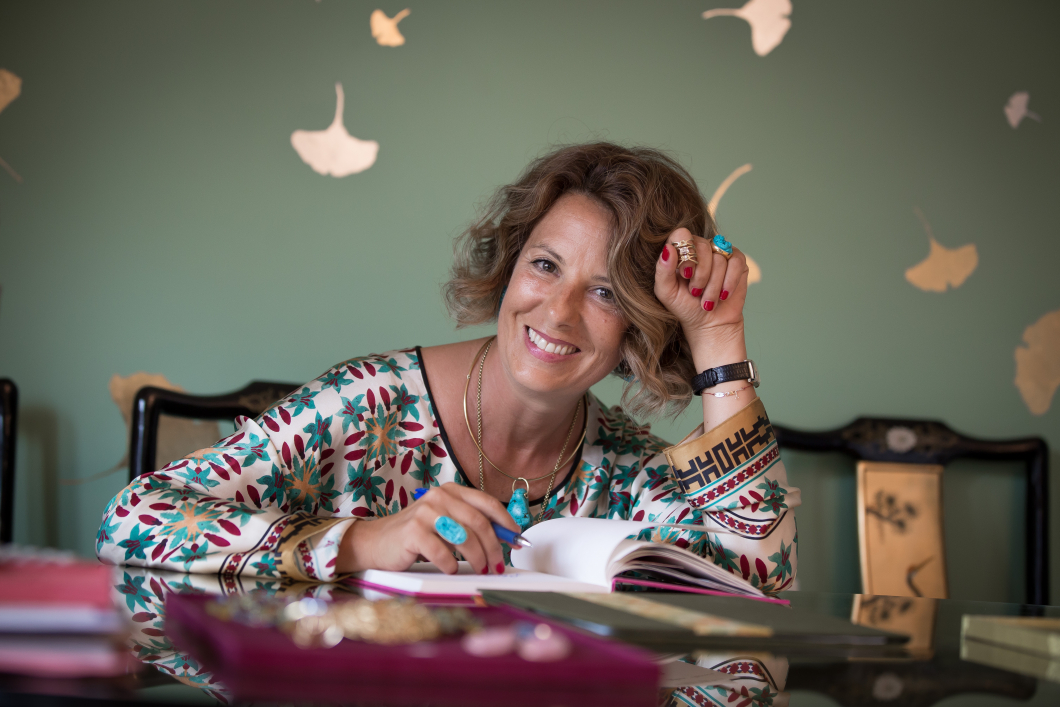
Giulia Colussi